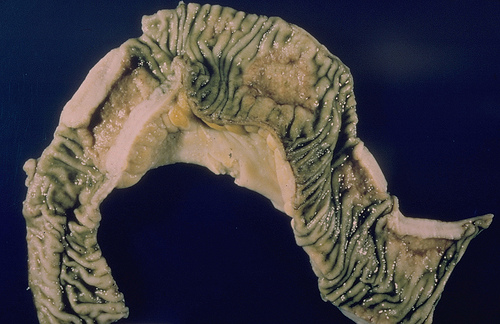
Intestine Transplant
Intestinal failure occurs when the intestine no longer absorbs nutrients, electrolytes and fluids. Patients suffering from this condition have to be fed through total parenteral nutrition, which can result in several complications, including liver disease, catheter infections and bone disease. When these complications threaten the life of a patient, an intestinal transplant is required. Only a few medical centres in the world perform this surgery, as it requires an experienced medical team. Patients have to be evaluated first to determine if they are eligible for this transplant, and then they are put into a waiting list until an organ is available for them.
- Important notification about information and brand names used in this slideshow!
- Photo courtesy of Yale Rosen by Flickr : www.flickr.com/photos/pulmonary_pathology/6539941969/
- www.investopedia.com/financial-edge/0310/top-10-most-expensive-medical-procedures.aspx
- http://transplant.surgery.ucsf.edu/conditions--procedures/intestinal-transplantation.aspx
- http://my.clevelandclinic.org/transplant-center/transplant-programs/intestinal-transplant-program.aspx
- http://www.ucsfhealth.org/conditions/intestinal_transplant/

Heart Transplant
The heart is the organ that pumps blood through our body, keeping us alive. Nowadays, it is possible to replace a damaged heart with a healthy one, obtained from a healthy donor. This is not a simple procedure; in order to get a “new” heart, the donor must be declared brain-dead and of course, the heart from the donor must be compatible with the recipient. Heart transplant has several risks, including the risk of infections, bleeding during or after the surgery, formation of blood clots that could cause a stroke, kidney failure, among others. Rejection is also a very important risk of any transplant surgery; the body from the recipient might have a hard time accepting the new heart, putting the life of the patient at risk.
- Important notification about information and brand names used in this slideshow!
- Photo courtesy of Robert Neff by Flickr : www.flickr.com/photos/5wa/6316974945/
- www.nlm.nih.gov/medlineplus/ency/article/003003.htm
- http://www.hopkinsmedicine.org/healthlibrary/test_procedures/cardiovascular/heart_transplantation_procedure_92,P07974/
- http://www.history.com/this-day-in-history/first-human-heart-transplant
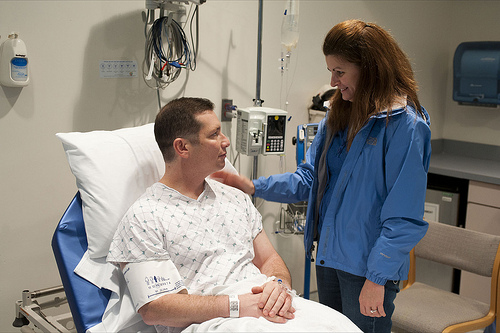
Bone Marrow Transplant
Our blood cells are produced in the bone marrow, the sponge-like tissue present in the hollow of some of our bones. Several diseases can affect the production of blood cells, including kidney failure, cancers such as leukemia and lymphoma, severe anaemia and other genetic disorders. When the bone marrow is defective it can be replaced with bone marrow obtained from a healthy person. It is even possible to take healthy bone marrow from a different part of the body of the patient and basically put it back, after a cleaning process; this last procedure is known as autologous transplant. The risky part of this transplant is that the defective bone marrow must be destroyed before transplanting the healthy one, leaving the patient with no blood and immune cells production.
- Important notification about information and brand names used in this slideshow!
- Photo courtesy of Fort Meade by Flickr : www.flickr.com/photos/ftmeade/6600246349/
- www.cancer.gov/cancertopics/factsheet/Therapy/bone-marrow-transplant
- http://www.nhs.uk/conditions/bone-marrow-transplant/Pages/Introduction.aspx
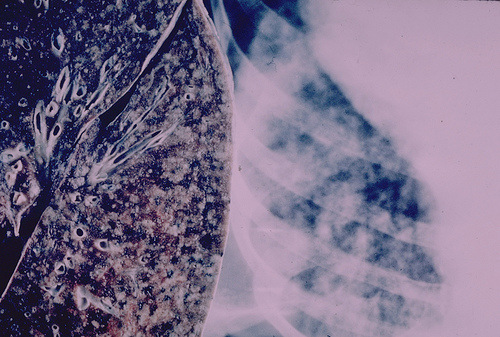
Lung Transplant
Lung transplants are not common, but can be done. Usually, the whole organ is transplanted from a dead donor to the patient, but it is also possible to transplant just a section of the healthy lung of a living donor. People with severe lung diseases are the ones that might require a lung transplant, after doctors have decided there is no other choice. Cystic fibrosis and emphysema are some of the main diseases that could cause lung failure and could put the life of the patient at risk, making him or her a candidate for a lung transplant. Depending on the severity of the damage, one or both lungs can be replaced by healthy ones.
- Important notification about information and brand names used in this slideshow!
- Photo courtesy of Yale Rosen by Flickr : www.flickr.com/photos/pulmonary_pathology/6564688089/
- www.nhs.uk/conditions/lung-transplant/Pages/Introduction.aspx
- http://www.nhlbi.nih.gov/health/health-topics/topics/lungtxp/
- http://www.mayoclinic.com/health/lung-transplant/MY00106/DSECTION=why-its-done
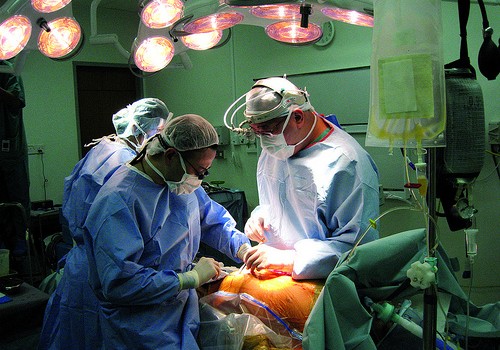
Liver Transplant
The liver is a very important organ, as it carries out functions that are crucial for keeping us alive and healthy. It is in charge of detoxifying the body, of the production of blood components and proteins and also, it transforms food into energy. Liver transplants are among the most common transplants, but this doesn’t mean they are less complicated and risky. A dead or alive donor can donate the healthy liver, and sometimes, only a section of the liver is transplanted. In order to avoid rejection of the donated organ, patients have to take medications that control their immune system, for the rest of their lives, in order to avoid rejection of the organ.
- Important notification about information and brand names used in this slideshow!
- Photo courtesy of Tareq Salahuddin by Flickr : www.flickr.com/photos/tareqsalahuddin/7273434238/
- www.nhs.uk/Conditions/liver-transplant/Pages/introduction.aspx
- http://www.hopkinsmedicine.org/healthlibrary/test_procedures/gastroenterology/liver_transplantation_procedure_92,P07698/
- http://www.mayoclinic.org/liver-transplant/what-is-a-liver-transplant.html
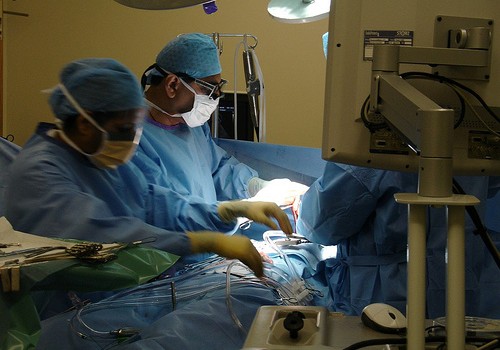
Open Heart Surgery
As it names says, open heart surgery involves any surgical procedure where the chest of the patient is wide opened in order to manipulate the heart or any of its components. During heart surgery, the heart beating is temporarily stopped and its functions are performed by a cardiopulmonary bypass, while doctors are working on the patient’s heart. Nowadays, there are less invasive techniques that allow doctors to fix whatever is wrong with the heart by doing small cuts or incisions, and of course, with lower risks than an open heart surgery. If the heart is stopped for a long time, there is a risk of organ damage and formation of blood clots, so, doctors have to be very fast and try to keep the patient under bypass control for a short period of time.
- Important notification about information and brand names used in this slideshow!
- Photo courtesy of Andy G by Flickr : www.flickr.com/photos/andyg/4688933414/
- www.urmc.rochester.edu/surgery/cardiac/procedures/open-heart.aspx
- http://www.nlm.nih.gov/medlineplus/ency/article/002950.htm
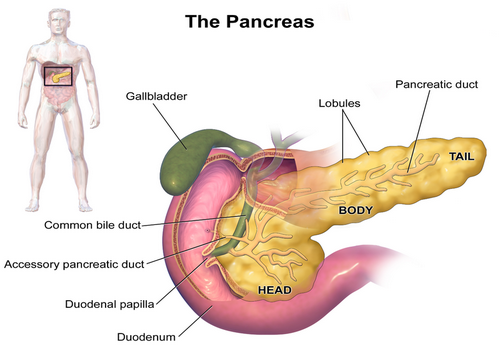
Pancreas Transplant
Patients suffering from type I diabetes are the ones that can benefit from a pancreas transplant. Type I diabetes is a disease where pancreatic cells no longer work and don’t produce insulin, which is needed to move food glucose into storage. When the pancreas is defective, glucose builds up in the blood, causing several damages to the patient, including blindness, and heart, kidney and brain disease. A brain dead patient donates the healthy pancreas; the complete organ or just a part of it is transplanted into the recipient’s body. Contrary to other transplants, the damaged pancreas is not removed from the recipient, as it can still perform other important functions.
- Important notification about information and brand names used in this slideshow!
- Photo courtesy of BruceBlaus by Wikimedia Commons : commons.wikimedia.org/wiki/File:Blausen_0699_PancreasAnatomy2.png
- www.nlm.nih.gov/medlineplus/ency/article/003007.htm
- http://www.diabetes.org/living-with-diabetes/treatment-and-care/transplantation/pancreas-transplantation.html
- http://www.mayoclinic.com/health/pancreas-transplant/MY00762
- http://www.nhs.uk/conditions/pancreastransplant/Pages/Introduction.aspx
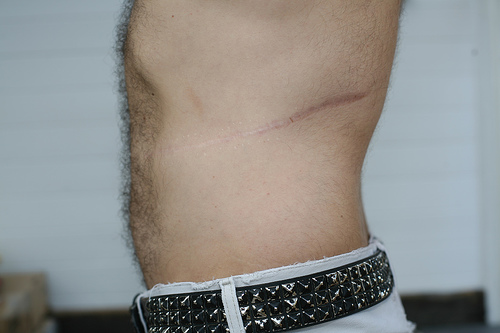
Kidney Transplant
Kidney failure can be caused by a variety of disorders, including alcoholism, diabetes and genetic diseases. The main function of kidneys is to filter toxic substances from our blood, and when they fail, these substances accumulate and cause severe damages to other organs, including the brain. We can live with one functional kidney, but when the two of them fail, a kidney transplant is needed. Usually, the healthy kidney is obtained from a living donor, who is closely related to the patient. Patients that receive a kidney transplant improve their chances of having a better life: 80% of the patients survive from 1 to 5 more years, after getting a kidney.
- Important notification about information and brand names used in this slideshow!
- Photo courtesy of Alan Turkus by Flickr : www.flickr.com/photos/aturkus/299496403/
- www.nhs.uk/conditions/kidney-transplant/Pages/Introduction.aspx
- http://www.nlm.nih.gov/medlineplus/ency/article/003005.htm
- http://www.kidney.org/atoz/content/kidneytransnewlease.cfm
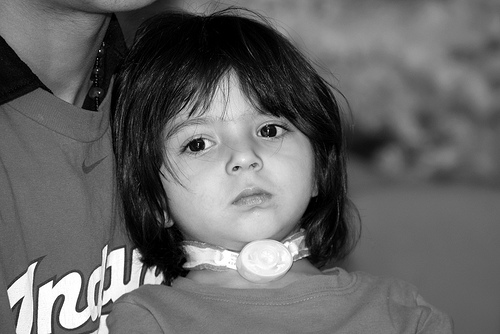
Tracheotomy
A tracheostomy is quite a difficult procedure. It is performed when a person can no longer breathe normally through the windpipe, or trachea, either because of a disease, or as a result of an accident. A tracheostomy consists basically in creating an opening in the neck in order to insert a tube that, when connected to an oxygen supply, can function as an assisted breathing system. A tracheostomy can be temporary or permanent, but in general, it involves several risks. Bleeding and infection are two of the short-term risks, but damage to the trachea, blood clots and obstruction of the tracheostomy tube can happen if the tracheostomy is permanent.
- Important notification about information and brand names used in this slideshow!
- Photo courtesy of Afghanistan Matters by Flickr : www.flickr.com/photos/afgmatters/4291951352/
- www.mayoclinic.com/health/tracheostomy/MY00261/DSECTION=risks
- http://www.nlm.nih.gov/medlineplus/ency/article/002955.htm
- http://www.nhs.uk/Conditions/Tracheostomy/Pages/Introduction.aspx
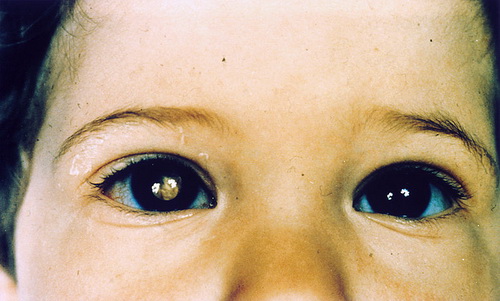
Destruction of Lesion of Retina
The retina is the “film” of the eye; it receives the images and transmits the signal all the way to the brain, through connexions with the optic nerve. This layer can be injured very easily. The most common diseases that affect the retina are diabetes, tumors, ocular trauma, macular degeneration and other genetic diseases. To correct damaged retina, doctors use a special technique known as vitreoretinal surgery, which involves the manipulation of the retina and the vitreus, the egg-white substance that is inside the eyes. This surgery requires high levels of manual skills and usually, surgical treatment of retinal lesions involves more than one surgery.
- Important notification about information and brand names used in this slideshow!
- Photo courtesy of Patho by Wikimedia Commons : commons.wikimedia.org/wiki/File:Retinoblastoma.jpg
- www.rcophth.ac.uk/revalidation/page.asp?section=731§ionTitle=Vitreoretinal+Surgery+-+General+Description
- http://www.eyecenter.emory.edu/clinical_specialties/vitreoretinal_disease.htm
- http://www.westhealth.com/system/specialty/vitreoretinal-surgery-33.html




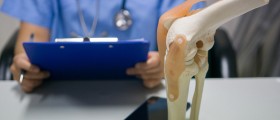
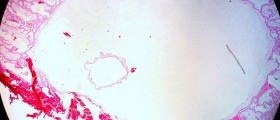



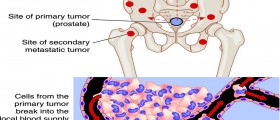












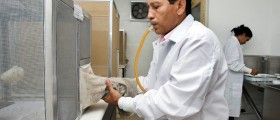




Your thoughts on this
Loading...